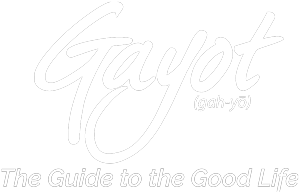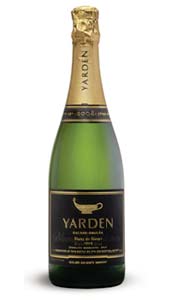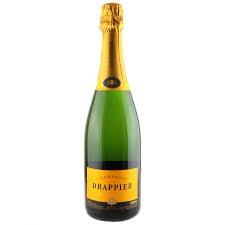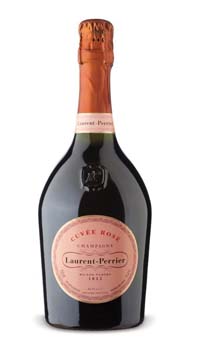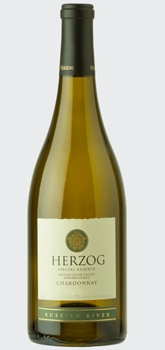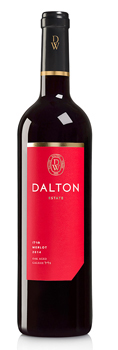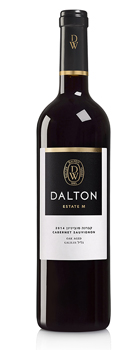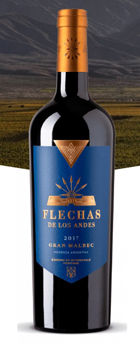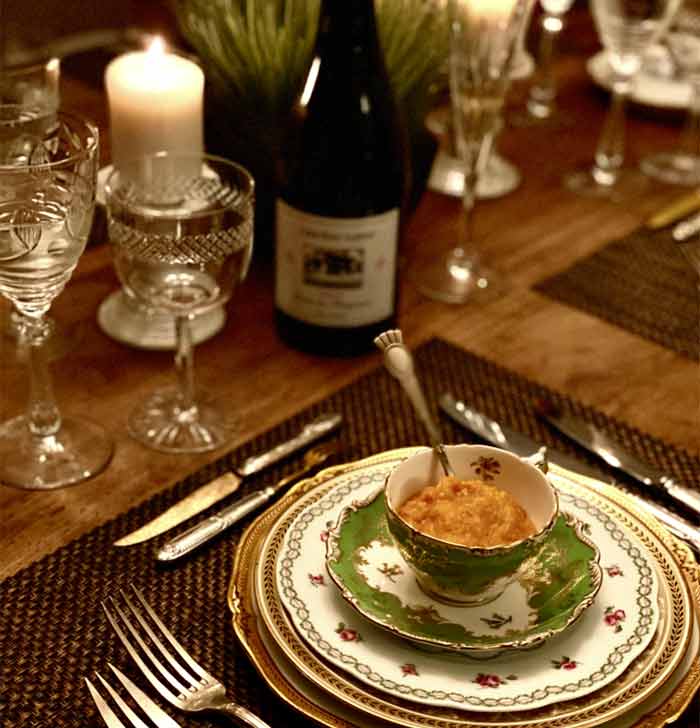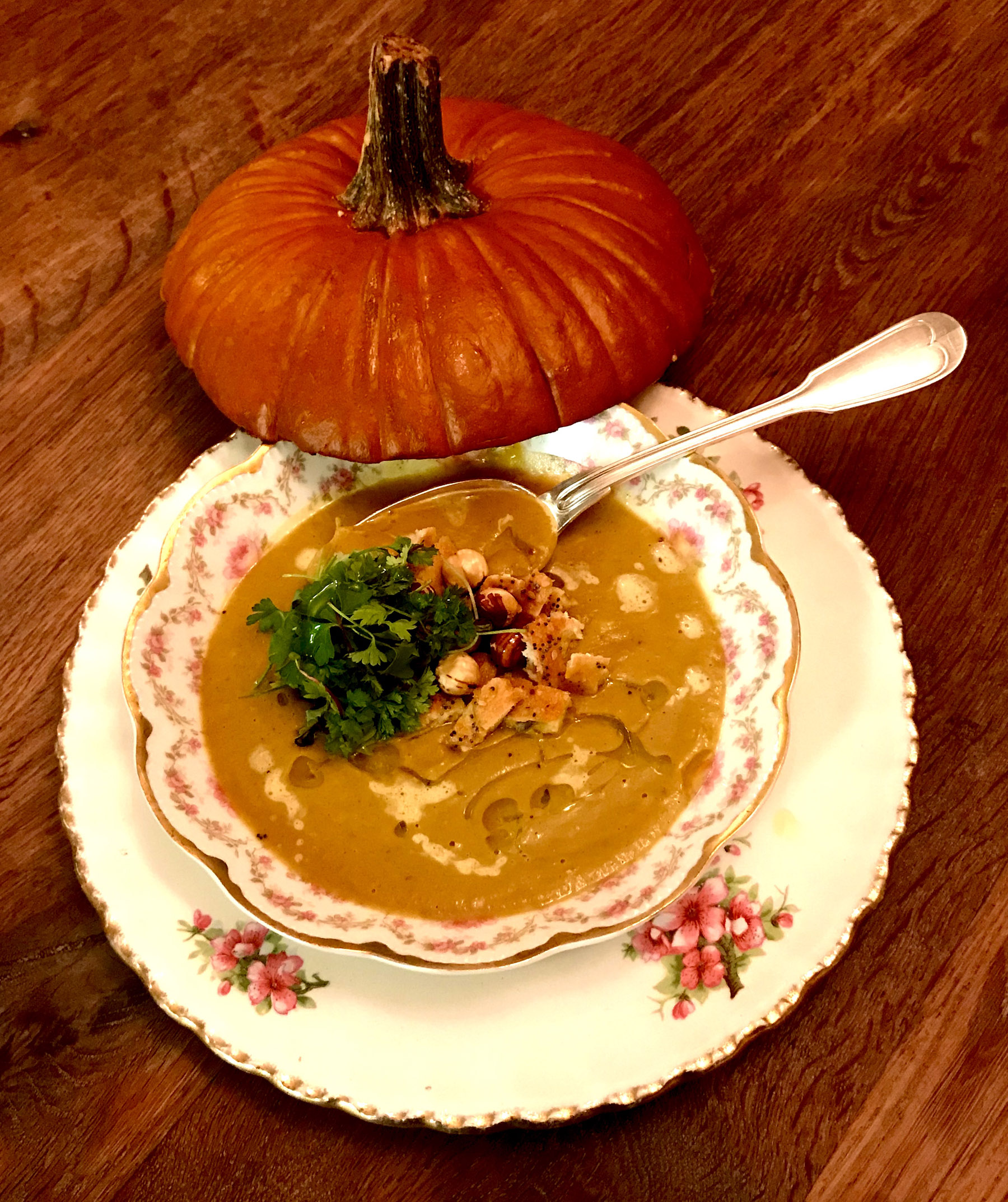The 19 Best Kosher Wines, Kosher Mevushal Wine in 2024
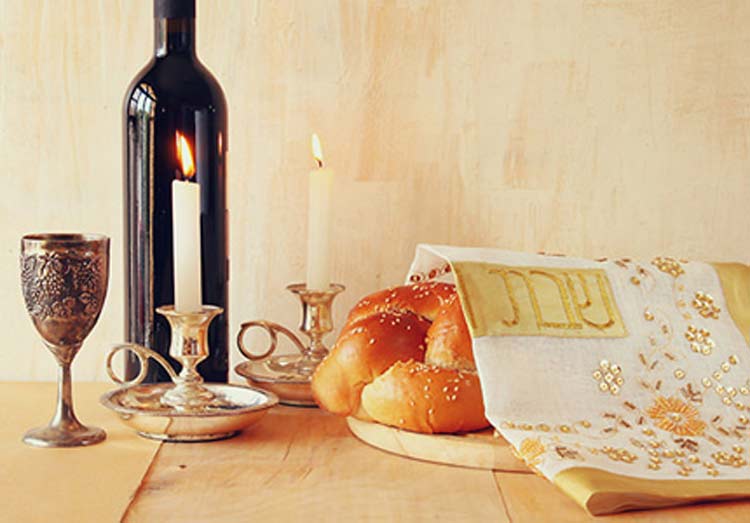
A brief history of kosher wine
The Jews may have the oldest established relationship to wine of any people on earth, but kosher wine, ironically, is best known for its “unorthodox” taste. In the context of Jewish history, this dubious distinction is understandable. Thousands of years ago, the Jews lived in the Holy Land, where grape growing and wine making were common practice. But after the Roman conquest of Jerusalem some 2,000 years ago, the Jews began a long period of wandering known as the Diaspora, which presented them with a serious enological challenge. Rarely were their new homes in exile blessed with vineyards such as those previously known in their ancestral land.
Nevertheless, tradition as well as religion mandated the drinking of wine, and vintners did their best with whatever means were at their disposition. Wine was even made from dried raisins when necessary. Apparently, the socio-economic status of the Jewish people in exile did not facilitate a steady supply of grapes worthy of a first growth Bordeaux! In fact, in Europe, Jews were often prohibited from owning the land necessary to grow grapes.
A century ago, Jewish immigrants to America found local Concord grapes to be plentiful. However, the wine produced from these native American grapes had a so called “foxy” character and were unpleasant to drink. Keeping the wines sweet made them more palatable, and this sweet style became synonymous with “traditional” kosher wine (e.g. Manischewitz, Kedem).
More recent history has been kinder to Jewish wine makers, and currently there is a revolution in quality among kosher wines the world over. These wines are made from such classic grape varieties as Cabernet Sauvignon, Merlot, Syrah, Chardonnay and Sauvignon Blanc from both the New and Old World. With access to top-notch grapes and contemporary cellar methods, kosher wine makers are now creating wines that may equal or surpass those that are not kosher. Indeed, it would appear that kosher wine makers have now restored the sensual quality of this sacred beverage to a level appropriate with its spiritual status.
What makes a wine kosher?
Consuming kosher (Yiddish for “suitable” or “fit”) foods is essential to all who observe Jewish religious dietary laws (Kashrut). These laws were commanded by God to the children of Israel in the Sinai Desert. Moses taught them to the people and wrote the basics of these laws in Leviticus 11 and Deuteronomy 14. The details were handed down through the generations and eventually written down in the Mishnah and Talmud. Throughout the 4,000-year history of Judaism, the observance of kosher has been a hallmark of Jewish identity. Perhaps more than any other mitzvah (divine commandment and connection), the kosher laws emphasize that Judaism is much more than a religion in the conventional sense of the word. To the Jew, holiness is not confined to holy places and times outside the everyday; rather, life in its totality is a sacred endeavor. Even the seemingly mundane activity of eating is a Godly act and a uniquely Jewish experience.
Kosher wine is made just like other table wine, with an extra set of rules to make it consistent with the Jewish dietary laws. In order for wine to be kosher, it has to contain only kosher ingredients, including yeasts and fining agents, and it must be made using equipment rabbinically certified to make kosher wine. Once the grapes are picked and brought to be crushed, only Shabbat-observant Jews can be involved in making the wine, and the winemaking needs to be supervised by a rabbi.
As mentioned above, there is no difference in the making of a fine non-kosher wine or a kosher wine. That is, unless the kosher wine is to be designated mevushal. In Hebrew, mevushal means cooked or boiled. Mevushal wines traditionally are heated up to 185°F. Extended exposure to high temperatures can threaten a wine’s character but producers have developed flash-pasteurization techniques that minimize the effect on the wine’s flavor. In 2013, a new technique for heating grapes, not the wine, was invented. The technique is called flash-détente. It involves quickly heating the grapes right after they are picked, then cooling them instantly in a vacuum.
Once a bottle of kosher wine has been opened, it could cease to be kosher if handled by anyone not observant of the Sabbath. Mevushal wines, since they have been pasteurized, remain kosher, although not considered “sacramental wine,” and can be handled and served by non-Jews. Kosher caterers, banquet halls and restaurants in the United States use mostly mevushal wines so a non-observant or non-Jewish waiter or waitress can serve the wine.
SUGGESTED READING
– Best Kosher Restaurants: in New York; in Los Angeles
– Best Passover Dinner Restaurants: in New York; in Los Angeles
– Rosh Hashanah Restaurants in Los Angeles
– Best Hanukkah Restaurants: in New York; in Los Angeles
SPARKLING
1. Yarden Blanc de Blancs 2018
Origin: Galilee, Israel
Varietal: 100% Chardonnay
Price: $51.99 BUY NOW!
ABV: 12%
Produced from Chardonnay grapes grown in the cool climate of the northern Golan Heights region in Israel, this sparkling wine is made using the traditional method, including whole-cluster pressing and secondary fermentation in the bottle. It, then, spent a minimum of five years aging on tirage yeast.
The result is a nuanced and festive wine with bright aromas of lemon, pear, and green apple, enhanced by subtle floral and mineral notes.
Video © Golan Heights Winery
> For more information, visit the Golan Heights Winery official website.

Read more:
– Yarden Katzrin Chardonnay 2022 (OK Kosher)
– Yarden 2021 Cabernet Sauvignon (OK Kosher)
2. Champagne Drappier, Carte d’Or, Brut non-vintage (Mevushal)
Varietals: 80% Pinot Noir, 15% Chardonnay, 5% Pinot Meunier
Origin: Urville, France
Suggested retail price: $55 – when ordering please ask for the kosher version since the winery also makes a non-kosher version of this wine.
The Carte d’Or cuvée shows pretty aromas of peach, ripe white cherry, apple, yeast and orange peel. It has lots of character and structure with a creamy, lacy texture in the mouth.
> For more information, visit the Champagne Drappier official website.

KEEP READING: Champagne Drappier House profile
3. Champagne Laurent-Perrier, Brut Cuvée Rosé non-vintage
Varietals: 100% Pinot Noir
Origin: Champagne, France
Suggested retail price: $85 – when ordering please ask for the kosher version since the winery also makes a non-kosher version of this wine.
This is a rich rosé Champagne with finely carved bubbles and a nose of ripe strawberries, cherries and raspberries followed by red fruit flavors. Good chalky minerality carries through in the long and elegant finish.
> For more information, visit the Champagne Laurent-Perrier official website.

KEEP READING: Champagne Laurent-Perrier House profile
WHITE
4. Chablis, Les Marronniers 2018 (Mevushal)

Varietals: 100% Chardonnay
Origin: Chablis, Burgundy, France
Suggested retail price: $20
With a beautiful pale gold color and green reflections, this Chablis has a fresh and floral nose with notes of fresh almond and hazelnut, citrus and white flowers. The mouth is balanced, minerality, and restrained. The evolution and finish are more subdued, all in finesse with a delicacy highlighted by its great freshness.
> For more information, visit the Domaine des Marronniers official website.
5. Clos des Lunes, Lune d’Argent, Bordeaux Blanc, 2017

Varietals: 70% Sémillon, 30% Sauvignon Blanc
Origin: Bordeaux, France
Suggested retail price: $22
The wine is bright yellow in color with light green reflections. The nose is very expressive and aromatic, showing ripe lemon, pear and stone fruits. The taste is medium-bodied with some viscosity typical of Sémillon yet lively and crisp on the palate. There are notes of fresh lemon zest and melon, lively acidity, with great saline and earthy minerals as well as touches of fresh almonds on the long and elegant finish. It is perfectly balanced and drinking beautifully now but has the structure to hold and evolve nicely over the next few years.
> For more information, visit the Clos des Lunes official website.
KEEP READING: Clos des Lunes, Lune d’Argent, Bordeaux Blanc, 2017 is a GAYOT’s Wine of the Week.
6. Goose Bay, Sauvignon Blanc, 2021

Varietals: 100 % Sauvignon Blanc
Origin: New Zealand
Suggested retail price: $23
This wine has a very aromatic nose on the onset with kiwi, lemon, melon, stone fruit and a nice touch of minerality. This wine has a super crisp mouth feel, medium body with melon, gooseberry, lush acidity and a smooth finish.
> For more information, visit the Spencer Hill Wines official website.
7. Hagafen Cellars, Chardonnay, Oak Knoll District of Napa Valley 2021
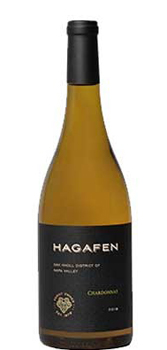
Varietals: 100% Chardonnay
Origin: Napa Valley, California, USA
Suggested Retail Price: $34
Inviting citrus blossom and lemon zest entice the nose and open onto a palate revealing flavors of pear, citrus, Asian spices and green apple. Creamy and silky on the palate, subtle oak frames the wine while vibrant acidity lifts and carries the fruit into a long, mouthwatering finish.
> For more information, visit the Hagafen Cellars official website.
8. Herzog, Chardonnay, Special Reserve, 2021 (Mevushal)
Varietals: 100% Chardonnay
Origin: Russian River, Sonoma, California, USA
Suggested retail price: $42
Fermented and then aged for 12 months in French and American oak barrels, the wine shows aromas of apple and tropical fruit, enhanced with a bouquet of toasty oak.
Serve with grilled vegetables, barbe-cued salmon or roasted turkey.
> For more information, visit the Herzog Wine Cellars official website.

9. Baron Herzog, Chardonnay, 2021 (Mevushal)
Varietals: 100% Chardonnay
Origin: Russian River, Sonoma, California, USA
Suggested retail price: $13
The wine shows aromas of baked pear, apple blossom and Meyer lemon with hints of caramel.
> For more information, visit the Herzog Wine Cellars official website.

ROSÉ
10. Don Ernesto, Beret Rosé, 2022
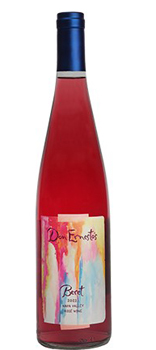
Varietals: 100% Syrah
Origin: Napa Valley, California, USA
Suggested retail price: $34
The wine, by Hagafen Cellars, shows a darker shade of rosé and aromas of ripe cherry and citrus. The palate unfolds ripe red fruit, some spiciness and juicy acidity towards the end.
> For more information, visit the Hagafen Cellars official website.
RED
11. Carmel Winery, Appellation, Cabernet Sauvignon, 2019
Varietals: 100% Cabernet Sauvignon
Origin: Judean Hills, Israel
Suggested retail price: $24
This wine displays a deep purple color with a bouquet of blackberry, cassis and eucalyptus. The palate is full bodied with lots of ripe fruit, a hint of oak and a long and balanced finish.
For more information, visit the Carmel Wines official website.

12. Covenant, Cabernet Sauvignon, 2021
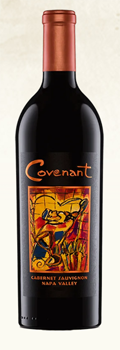
Varietals: 100% Cabernet Sauvignon
Origin: Napa Valley, California, USA
Suggested retail price: $120
This wine has a bright ruby red color and aromas of ripe black fruit, a touch of spice and a well-measured amount of oak. Very silky, ripe tannins frame in the returning ripe black fruit. Good acidity assures a long, elegant finish.
> For more information, visit the Covenant Wines official website.
13. Dalton Estate Merlot 2019
Varietals: 100% Merlot
Origin: Galilee, Israel
Suggested Retail Price: $29
Sourced from the vineyards of the Upper Galilee, the grapes for the merlot were selectively harvested in late September and early October.
The color is dark purple. The wine is showing classic varietal qualities of plums, cherries, cloves and homemade jam, balanced by subtle shades of vanilla from the barrel.
> For more information, visit the Dalton Winery official website.

14. Dalton Cabernet Sauvignon Reserve, 2020 (Mevushal)
Varietals: 100% Cabernet Sauvignon
Origin: Galilee, Israel
Suggested retail price: $29
After 18 months maturing in small oak barrels, this wine shows a complex character of black plums, eucalyptus and hints of chocolate. It is smooth, velvety, and long on the palate, with well-balanced tannins.
> For more information, visit the Dalton Winery official website.

15. Flechas de Los Andes Gran Malbec, 2019
Varietals: 100% Malbec
Origin: Argentina
Suggested Retail Price: $27
This wine has ripe plums and black cherries on the nose. The palate has lots of ripe red fruit, spice, umami and a touch of fragrant oak along with soft tannins.
> For more information, visit the Edmond de Rothschild Heritage official website.

16. Hagafen Cellars, Pinot Noir, Coombsville, Montington Vineyards 2021
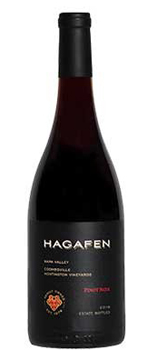
Varietals: 100% Pinot Noir
Origin: Napa Valley, CA USA
Suggested Retail Price: $48
This wine offers ripe cherries, wild strawberries and a hint of Mediterranean spices. The elegant palate is well-balanced between the ripe fruit, spices, elegant tannins and juicy acidity.
> For more information, visit the Hagafen Cellars official website.
17. Shiloh, Secret Reserve, Petite Sirah 2019

Origin: Judean Hills, Israel
Varietal: 100% Petite Sirah
Price: $47.00
ABV: 15.5%
Shiloh Winery is an Israeli winery located in the Shiloh region of Israel, specifically in the Judean Hills. Established in 2005, the winery overlooks the breathtaking Shiloh River and Samarian Hills in what most studies have found to be the most ancient wine terroir in the world.
The wine shows a deep ruby color. The nose expresses dark red berry and stone fruit, spices and a touch of oak. The palate delivers lots of fruit, present tannins and juice acidity.
> For more information, visit Shiloh Winery official website.
18. Yarden, Merlot 2020
Varietals: 100% Merlot
Origin: Galilee, Israel
Suggested Retail Price: $43
The wine shows a deep red color with aromas of red and black fruit, spice and orange blossom. Flavors of plum, cassis, chocolate and oak persist. This full-bodied Merlot displays good concentration and an attractive lingering finish.
> For more information, visit the Golan Heights Winery official website.

19. Yatir Forrest, 2018

Varietals: 65% Cabernet Sauvignon, 28% Petit Verdot, 7% Cabernet Franc
Origin: Judean Hills, Israel
Suggested retail price: $80
This wine is aged for 15 months in small French oak barrels and then has another year of bottle aging before release. It has a deep red color with purple hues, rich aromas of plum and berries. The palate is smooth and seamless with a richness of ripe berry fruit, a touch of vanilla and toast, all well-knit together and ending in a long and luscious finish.
> For more information, visit the Yatir Winery official website.
20. Lovatelli, Monferrato, Nebbiolo 2022

Origin: Piedmont, Italy
Varietal: 100% Nebbiolo
Price: $25.00
ABV: 13%
Lovatelli Monferrato Nebbiolo is a wine produced in the Monferrato region of Piedmont, Italy. This region, renowned for its diverse terroir and rich winemaking tradition, is particularly well-suited for producing high-quality wines, including those made from the Nebbiolo grape.
This Nebbiolo shows a garnet red color. The bouquet is loaded with plum, cherry, violets and star anise. The palate delivers red berries, fine tannins and a touch of oak, all wrapped in vibrant acidity and evolving in a long, elegant finish.
> For more information, visit Lovatelli official website.
